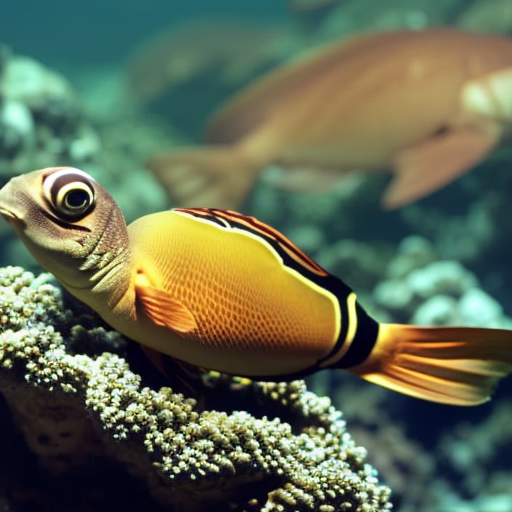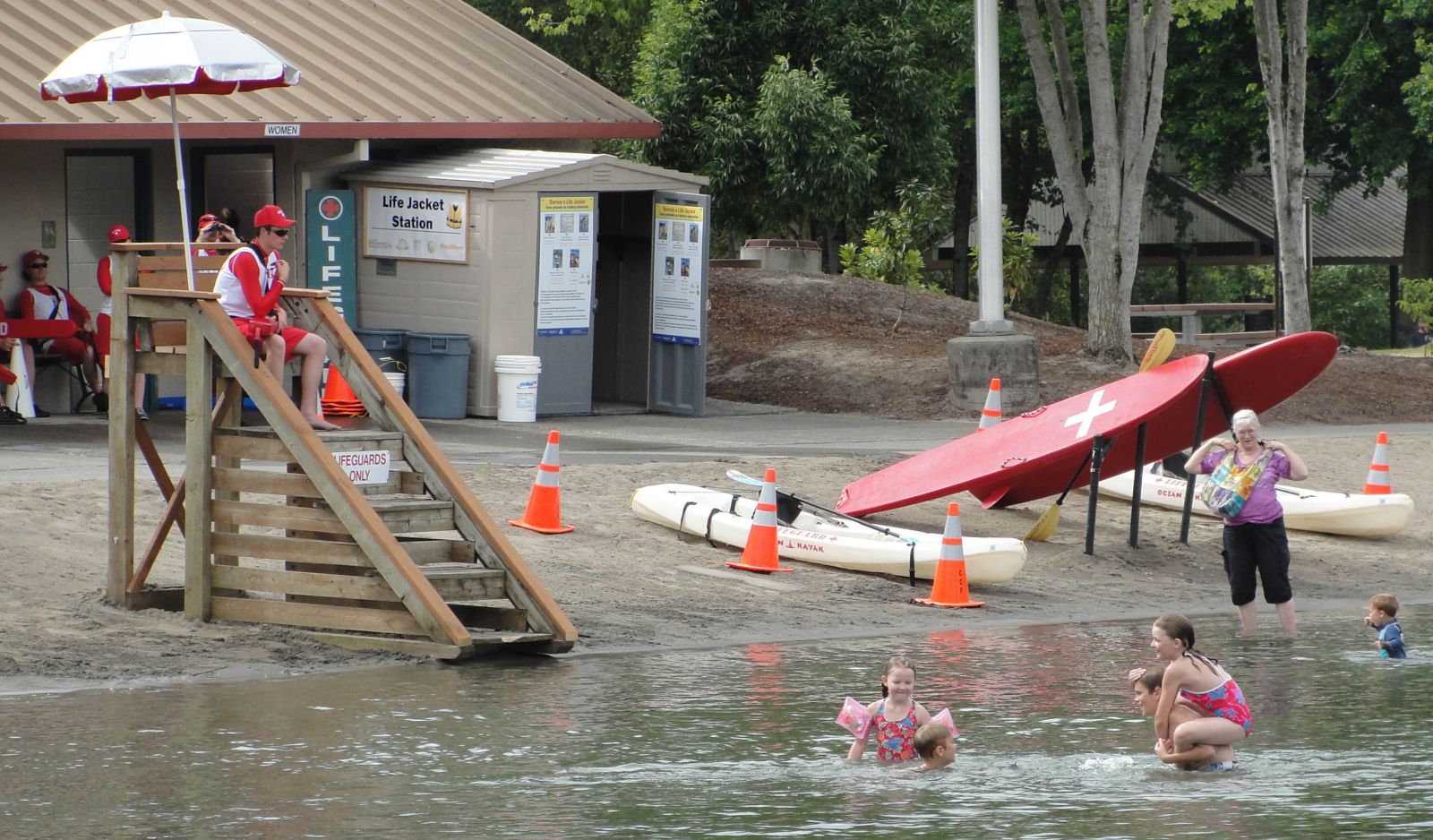
Commercial Whaling
Commercial whaling is the slaughter of whales to sell their parts and meat. Though the practice has been banned worldwide since 1986, three countries continue to allow whaling due to legal loopholes. More than 1,000 whales sadly perish each year due to commercial whaling by Iceland, Norway, and Japan.
IFAW works to bring an end to commercial whaling and end the practice worldwide. One way we do so is by promoting whale watching as an economic alternative. Commercial whaling is a cruel practice that often results in prolonged, painful deaths of whales.
Ecotourism
Ecotourism describes tourism that is friendly to wildlife and the environment. It involves sustainable travel practices, visiting conservation areas in responsible ways, and providing benefit to the local people and/or wildlife. Whale watching is one form of ecotourism, and it benefits marine life by providing alternative incomes to extractive resource use, such as whaling or fishing.
Entanglement
Entanglement occurs when a marine animal becomes caught in a fishing line, net, or other pieces of equipment. It’s often the result of encounters with active fishing gear, and it can also occur from discarded ropes and nets—580,600 metric tonnes (640,000 US tons) of which are dumped in the ocean every year.
Entanglement presents a major threat to species like the North Atlantic right whale. Many whale species are vulnerable to being caught in ropes and nets, which can cause severe injuries, starvation, and drowning. It’s very difficult for whales to free themselves of these nets, which can continue to wrap themselves tighter and tighter, cutting into their skin. Many whales will suffer multiple entanglements throughout their lives.
SDGs, Targets, and Indicators
| SDGs | Targets | Indicators |
|---|---|---|
SDG 14: Life Below Water |
|
|
SDG 15: Life on Land |
|
|
Analysis
1. Which SDGs are addressed or connected to the issues highlighted in the article?
The issues highlighted in the article are connected to SDG 14: Life Below Water and SDG 15: Life on Land.
2. What specific targets under those SDGs can be identified based on the article’s content?
Based on the article’s content, the specific targets that can be identified are:
– Target 14.1: By 2025, prevent and significantly reduce marine pollution of all kinds, particularly from land-based activities, including marine debris and nutrient pollution.
– Target 14.2: By 2020, sustainably manage and protect marine and coastal ecosystems to avoid significant adverse impacts, including by strengthening their resilience, and take action for their restoration in order to achieve healthy and productive oceans.
– Target 14.5: By 2020, conserve at least 10 percent of coastal and marine areas, consistent with national and international law and based on the best available scientific information.
– Target 15.5: Take urgent and significant action to reduce the degradation of natural habitats, halt the loss of biodiversity, and protect and prevent the extinction of threatened species.
– Target 15.9: By 2020, integrate ecosystem and biodiversity values into national and local planning, development processes, poverty reduction strategies, and accounts.
3. Are there any indicators mentioned or implied in the article that can be used to measure progress towards the identified targets?
Yes, there are indicators mentioned or implied in the article that can be used to measure progress towards the identified targets. These indicators are:
– Indicator 14.1.1: Index of coastal eutrophication and floating plastic debris density.
– Indicator 14.2.1: Proportion of national exclusive economic zones managed using ecosystem-based approaches.
– Indicator 14.5.1: Coverage of protected areas in relation to marine areas.
– Indicator 15.5.1: Red List Index.
– Indicator 15.9.1: Progress towards national targets established in accordance with Aichi Biodiversity Target 2 of the Strategic Plan for Biodiversity 2011-2020.
These indicators can be used to measure progress towards reducing marine pollution, managing marine and coastal ecosystems, conserving coastal and marine areas, reducing habitat degradation and biodiversity loss, and integrating ecosystem and biodiversity values into planning and development processes.
4. SDGs, Targets, and Indicators
| SDGs | Targets | Indicators |
|---|---|---|
SDG 14: Life Below Water |
|
|
SDG 15: Life on Land |
|
Copyright: Dive into this article, curated with care by SDG Investors Inc. Our advanced AI technology searches through vast amounts of data to spotlight how we are all moving forward with the Sustainable Development Goals. While we own the rights to this content, we invite you to share it to help spread knowledge and spark action on the SDGs. Fuente: ifaw.org
Join us, as fellow seekers of change, on a transformative journey at https://sdgtalks.ai/welcome, where you can become a member and actively contribute to shaping a brighter future.
|







